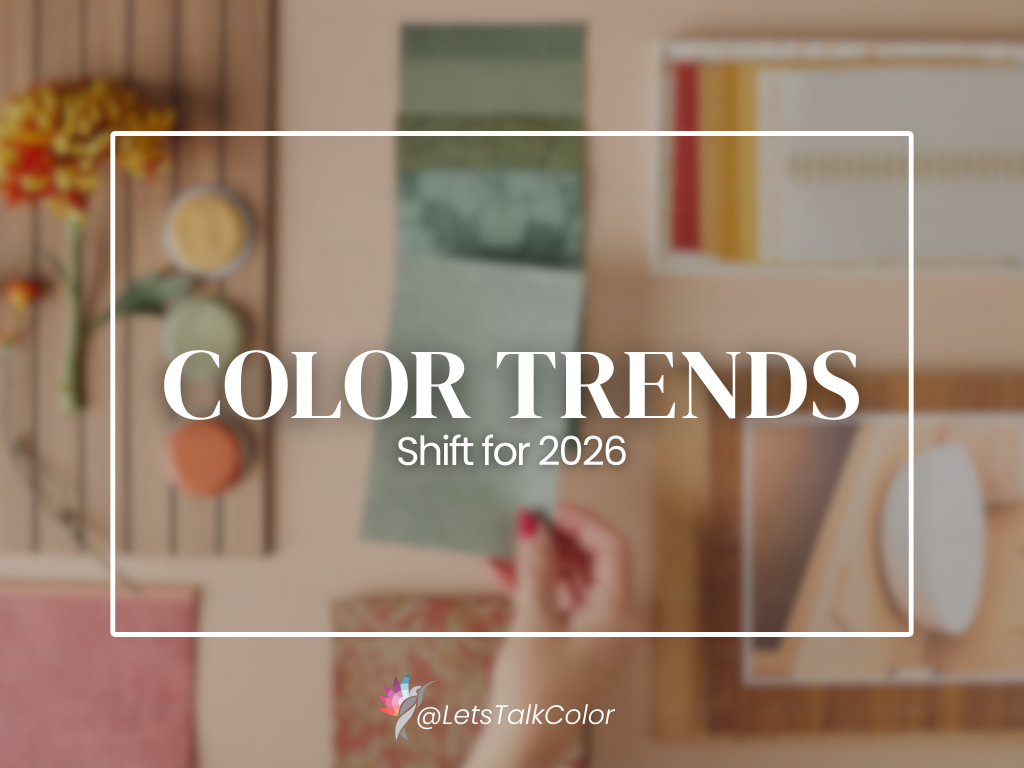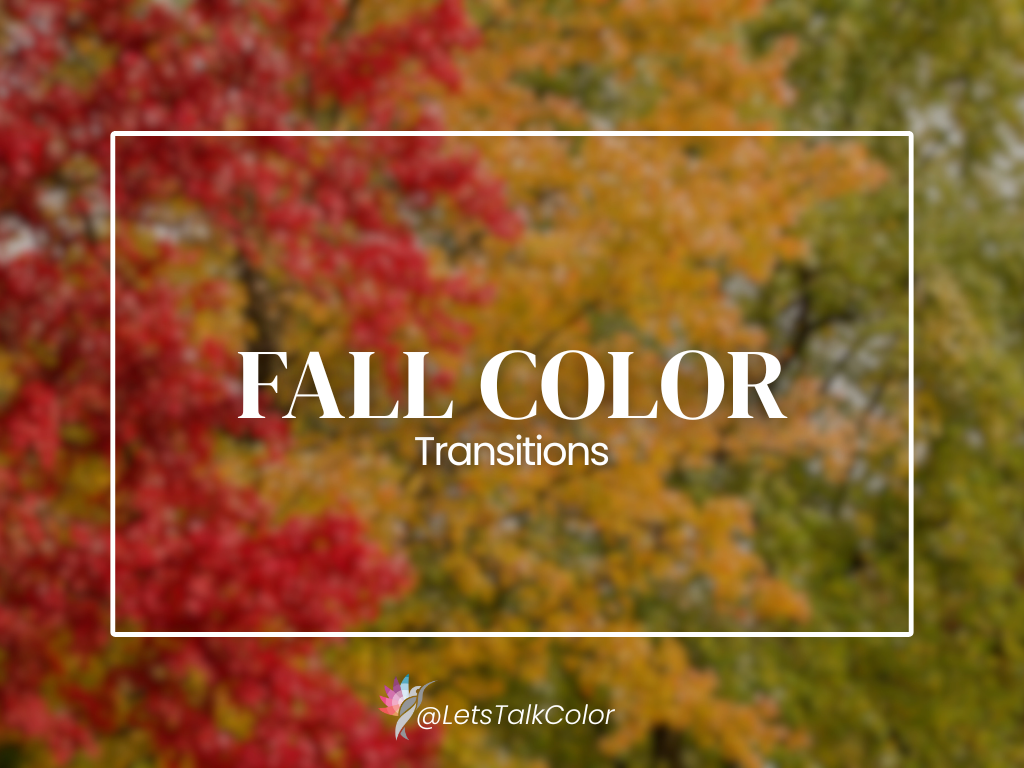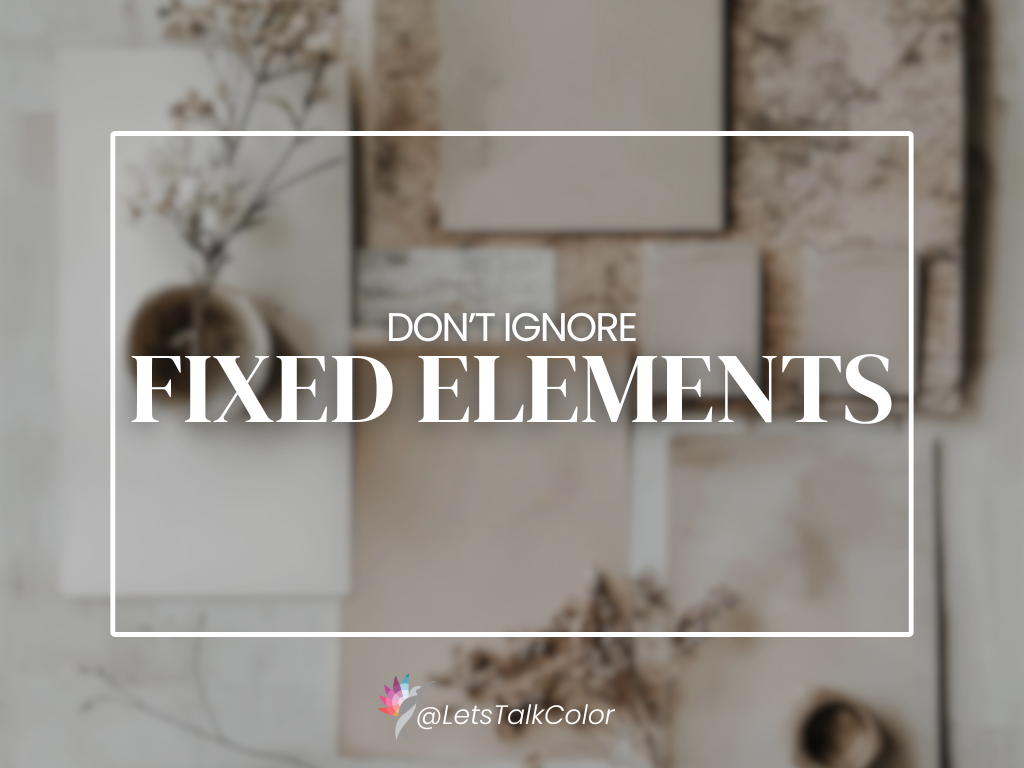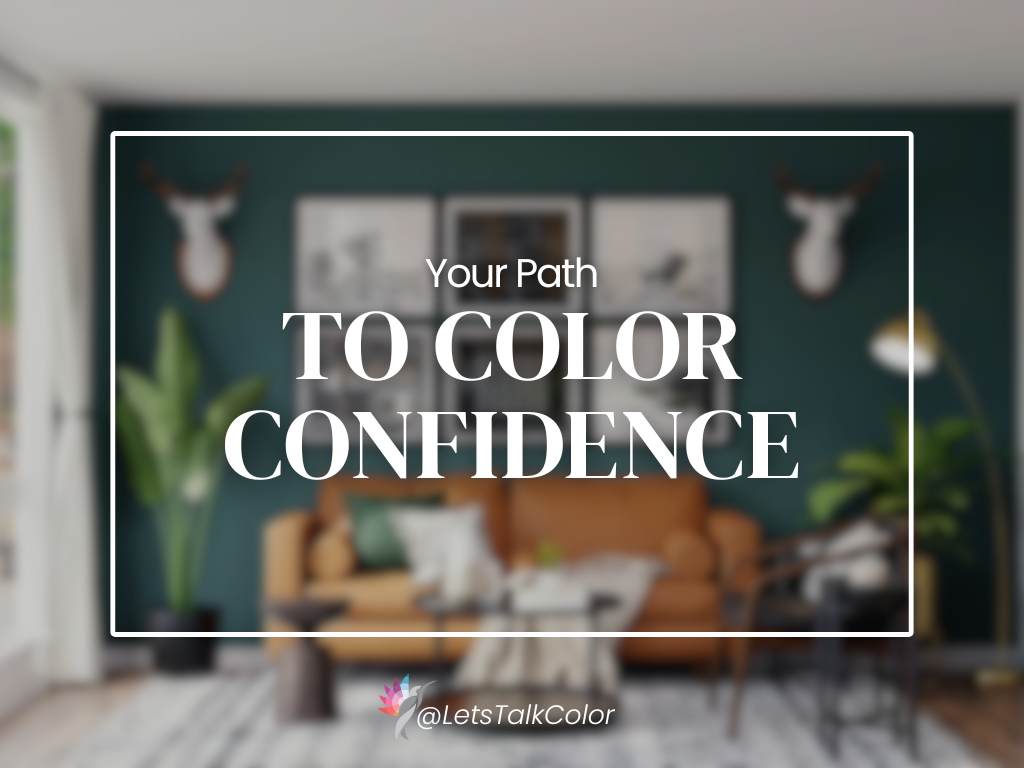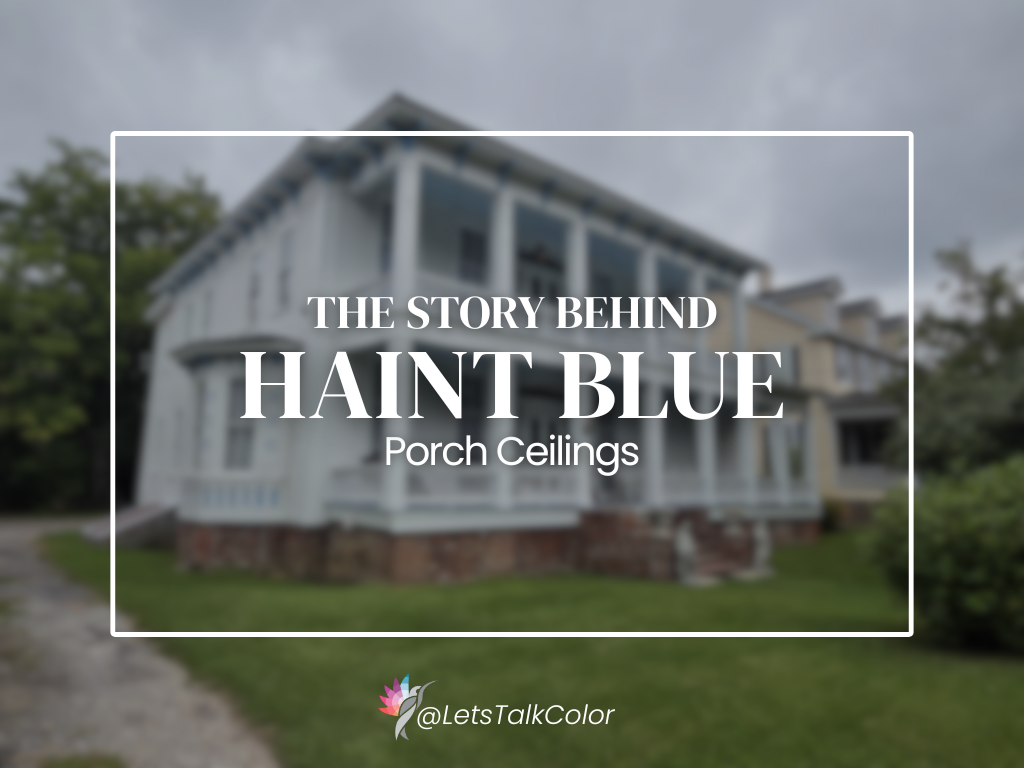Recently we explored chromophobia — the fear of using color — and how it often shows up in home design. Maybe you recognized yourself in that description: choosing “safe” neutrals, avoiding bold choices, or worrying you’ll regret a decision the minute the paint dries.
If that sounds familiar, you’re not alone. Many homeowners experience some level of hesitation around color, even while craving personality, warmth, and interest in their spaces.
The good news? You don’t have to dive straight into fire-engine red walls or neon accents to move past the fear. With a few thoughtful steps, you can begin easing into color and building the confidence to design a home that truly reflects you.
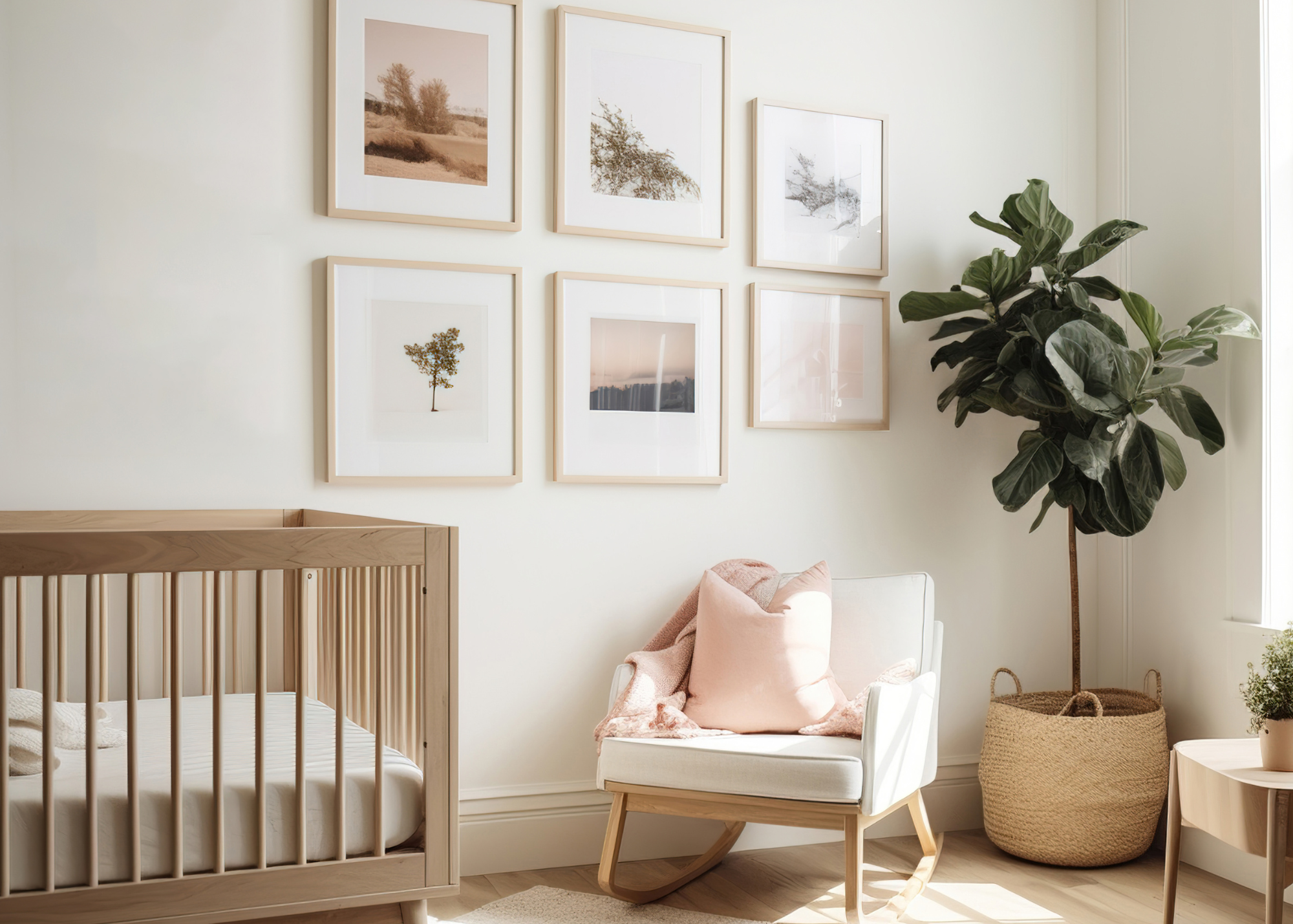
1. Start Small with Accents
Color doesn’t have to start with a paintbrush. Begin where the stakes are low: throw pillows, a vase, artwork, or even a cozy blanket. These quick, low-commitment additions let you live with a color before making a bigger design decision. Think of it as “dating” a color before you commit.
2. Go Green – Literally!
Plants are one of the easiest, most natural ways to bring color into your home. From deep emerald leaves to soft sage tones, greenery works in nearly every style. Beyond color, plants add texture and a connection to nature that instantly softens neutral palettes.
3. Try a Color Accent Zone
Not ready to commit to painting the whole living room navy? Choose a smaller “color zone” instead:
- An accent wall
- A hallway
- The inside of a bookshelf
- The back of your front door
These mini-projects make a statement without overwhelming your space.
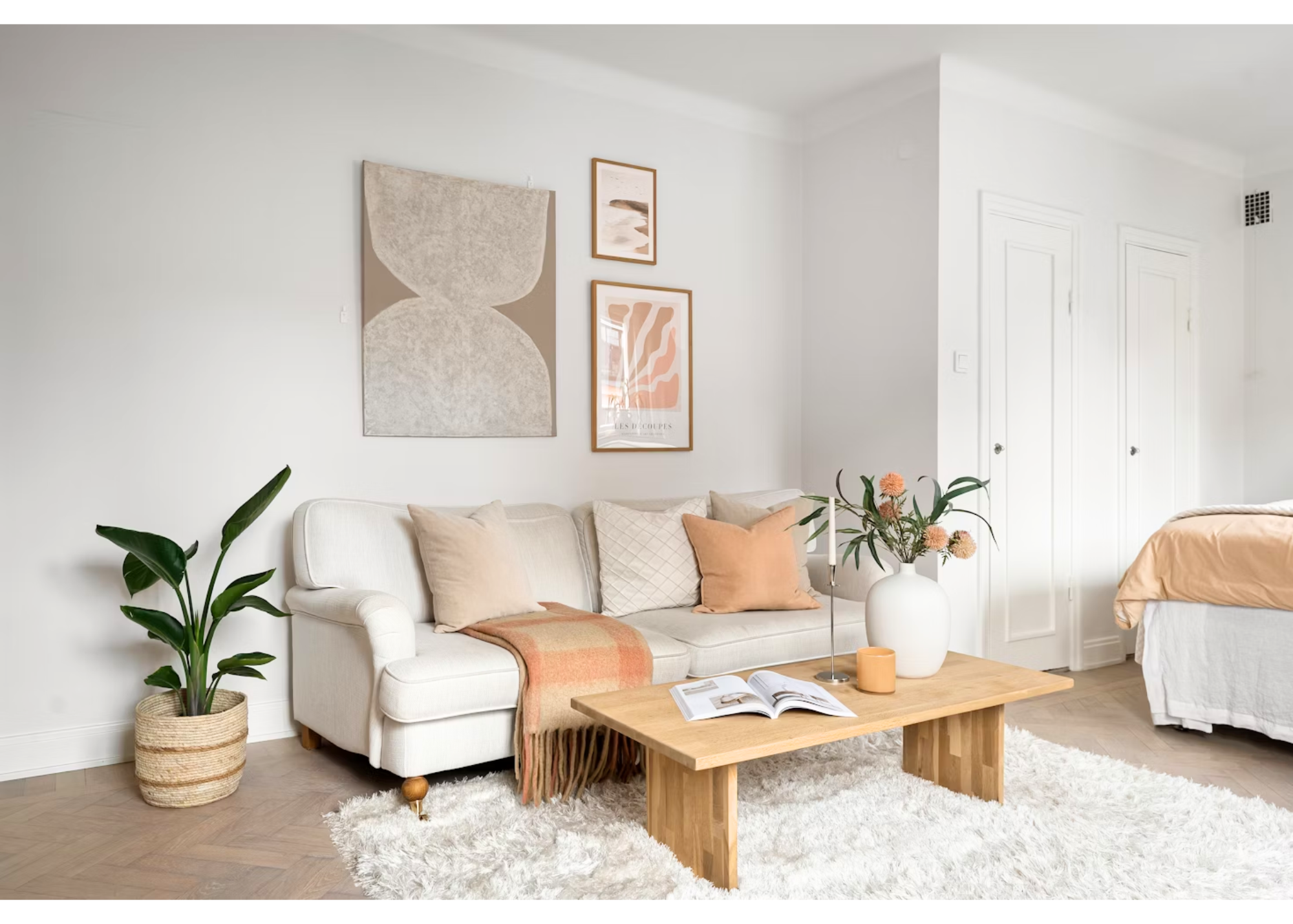
4. Ask Yourself Why You Avoid Color
Often, color phobia isn’t about the color itself — it’s about the fear of making a mistake. Many homeowners avoid color because they worry it won’t “match” or they’ll get tired of it too quickly. Here’s the truth: there are no “wrong” colors when they’re chosen with intention and paired thoughtfully with your lighting, finishes, and furnishings.
5. Experiment With Temporary Options
For the truly hesitant, temporary solutions like peel-and-stick wallpaper, area rugs, or affordable artwork are excellent training wheels. They let you experiment with color without long-term commitment.
Final Thoughts
Color in home design is about more than just style — it shapes how you feel in your space. A monochromatic, beige-on-beige room might feel “safe,” but it rarely feels energizing, personal, or inspiring.
By starting small, layering color strategically, and noticing how it makes you feel, you can move from color-anxious to color-confident.
Your turn: Take a look around your home. Where’s one spot you could test a little color this week? You might be surprised at how much life, warmth, and joy a single choice can bring.
If you’re still unsure where to start, that’s exactly where I come in. As an Architectural Color Consultant, I help homeowners go from hesitant to confident with color choices that feel personal, intentional, and timeless. Ready to add a little color to your life?

